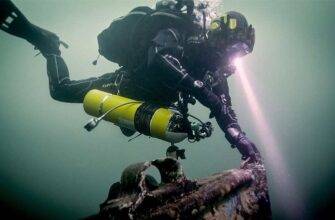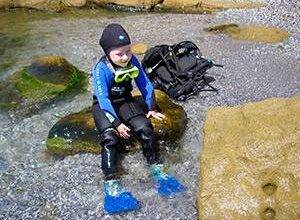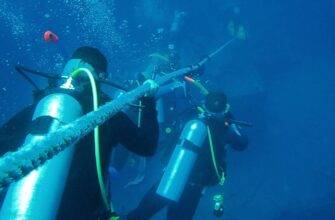The distribution of aquatic organisms is closely related to geographic differences in water temperature. This is because most animals and all plants have no body temperature control mechanisms.
Such animals are called cold-blooded, and the temperature inside their bodies is equal to the ambient temperature. As a result, they can only live in a fairly narrow range of water temperatures.
Only birds, mammals and very few large pelagic fish (e.g. tuna) can regulate their body temperature (up to a certain limit). Such animals are called warm-blooded (homothermic) animals. The ability to regulate body temperature gives an animal incomparably greater ability to move through different climatic zones.
Changes in temperature have several effects on aquatic organisms. First, the metabolic rate (cell growth and division, oxygen consumption, heartbeat and other physiological processes) changes.
It turns out that in cold-blooded animals, ambient temperature directly regulates metabolism. For every 10°C rise in temperature, the metabolic rate in such animals increases by 2-3 times. It is clear that seasonal changes in water temperature have a profound effect on the life of aquatic organisms.
Read More:




